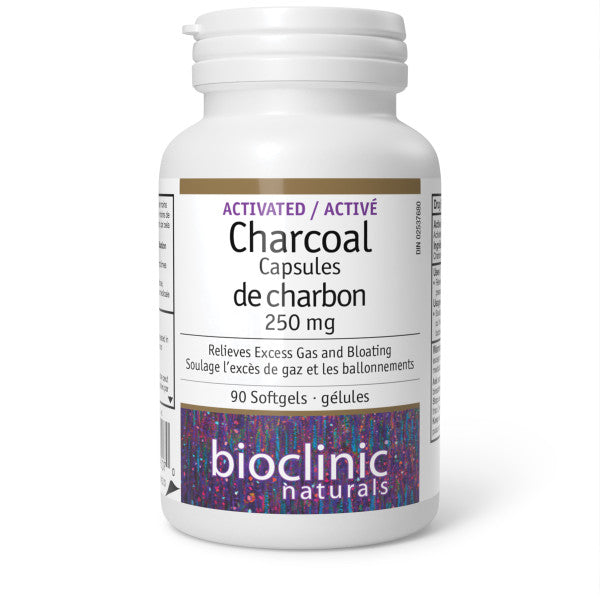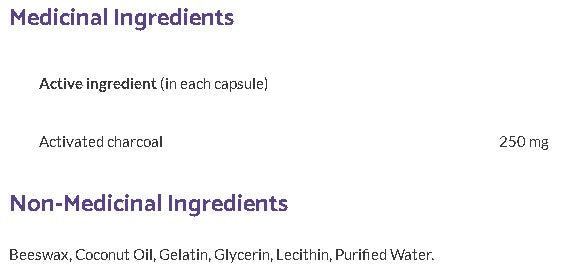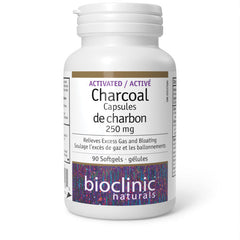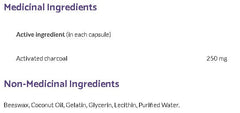



Activated Charcoal Capsules
- 25.99$
0.00$- 25.99$
- Unit price
- per
Description
x- Provides activated charcoal at a dose associated with relief from symptoms of excess gas, including bloating, pressure, pain, and a feeling of choking.
- Activated charcoal binds to a variety of intestinal toxins and other compounds, preventing their safe absorption.
- The softgel form is easy to swallow
- Contains no artificial colors, preservatives, sweeteners or GMOs.
Activated charcoal has been used for over 100 years, primarily for its ability to bind and remove toxins and other compounds, including gases, from the body. Activating charcoal creates a highly developed porous structure with a high surface area containing carbon groups, such as carbonyl and hydroxyl groups. These groups bind to a variety of toxins in the gastrointestinal (GI) tract within minutes of contact, minimizing their systemic absorption. Activated charcoal binds to toxins without being absorbed and passes through the GI tract unchanged, without altering the microbiome.
Several clinical trials also indicate that activated charcoal can reduce intestinal gas by directly absorbing gas or gas-producing substrates. In a double-blind clinical trial using lactulose as a substrate, activated charcoal reduced both exhaled hydrogen levels and abdominal bloating and cramping attributed to excess gas. It has been shown to be effective in reducing the amount of gas present when administered before an abdominal ultrasound without side effects, thereby improving visualization that intestinal gas can obscure.
Produits recommandés
Produits récemment consultés
- Choosing a selection results in a full page refresh.



